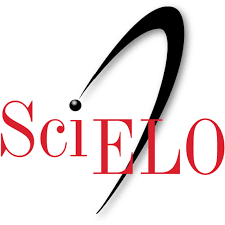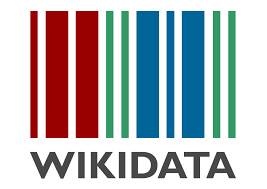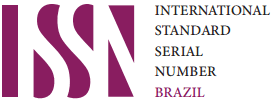Bond strength of different orthodontic brackets produced with different materials and fabrication methods
DOI:
https://doi.org/10.4322/bds.2022.e3000Resumo
Objective: The aim of this study was to evaluate the effects of material and processing methods on the bond
strength of orthodontic brackets. Material and Methods: Five types of brackets were tested: Conventional
metallic (CM), metallic sandblasted (SB), ceramic (C), polycarbonate (PC), and metallic fabricated by melting
injection molding (MIM). Shear bond strength (SBS) was conducted to check bond strength of the brackets
bonded to bovine teeth (n=10/group), and tensile bond strength (TBS) (20 brackets/group) to check bracket
retention to bonding material (n=20/group). Both, SBS and TBS were conducted with 1mm/min crosshead
speed in a universal testing machine. Bond strength was calculated in Megapascal (MPa) based on force (N) and
bracket area (mm2). Data normality was verified, and One-way ANOVA was the statistical test with Tukey posthoc
(a=0.05). Results: SB and MIM presented higher SBS compared to C, PC, and CM (p<0.05). SB and MIM
also presented significantly higher TBS compared to CM and PC (p<0.05). However, MIM was not different of
C for TBS. Conclusion: The type of material and method of fabrication are determinant factors that affect bond
strength of orthodontic brackets and melting injection molding (MIM) is a remarkable technology to improve
brackets retention during the orthodontic treatment.
KEYWORDS
Bond strength; Orthodontic brackets; Melting injection molding.
Downloads
Downloads
Publicado
Como Citar
Edição
Seção
Licença
TRANSFERÊNCIA DE DIREITOS AUTORAIS E DECLARAÇÃO DE RESPONSABILIDADE
Toda a propriedade de direitos autorais do artigo "____________________________________________________________________" é transferido do autor(es) para a CIÊNCIA ODONTOLÓGICA BRASILEIRA, no caso do trabalho ser publicado. O artigo não foi publicado em outro lugar e não foi submetido simultaneamente para publicação em outra revista.
Vimos por meio deste, atestar que trabalho é original e não apresenta dados manipulados, fraude ou plágio. Fizemos contribuição científica significativa para o estudo e estamos cientes dos dados apresentados e de acordo com a versão final do artigo. Assumimos total responsabilidade pelos aspectos éticos do estudo.
Este texto deve ser impresso e assinado por todos os autores. A versão digitalizada deverá ser apresentada como arquivo suplementar durante o processo de submissão.




























